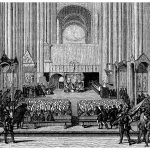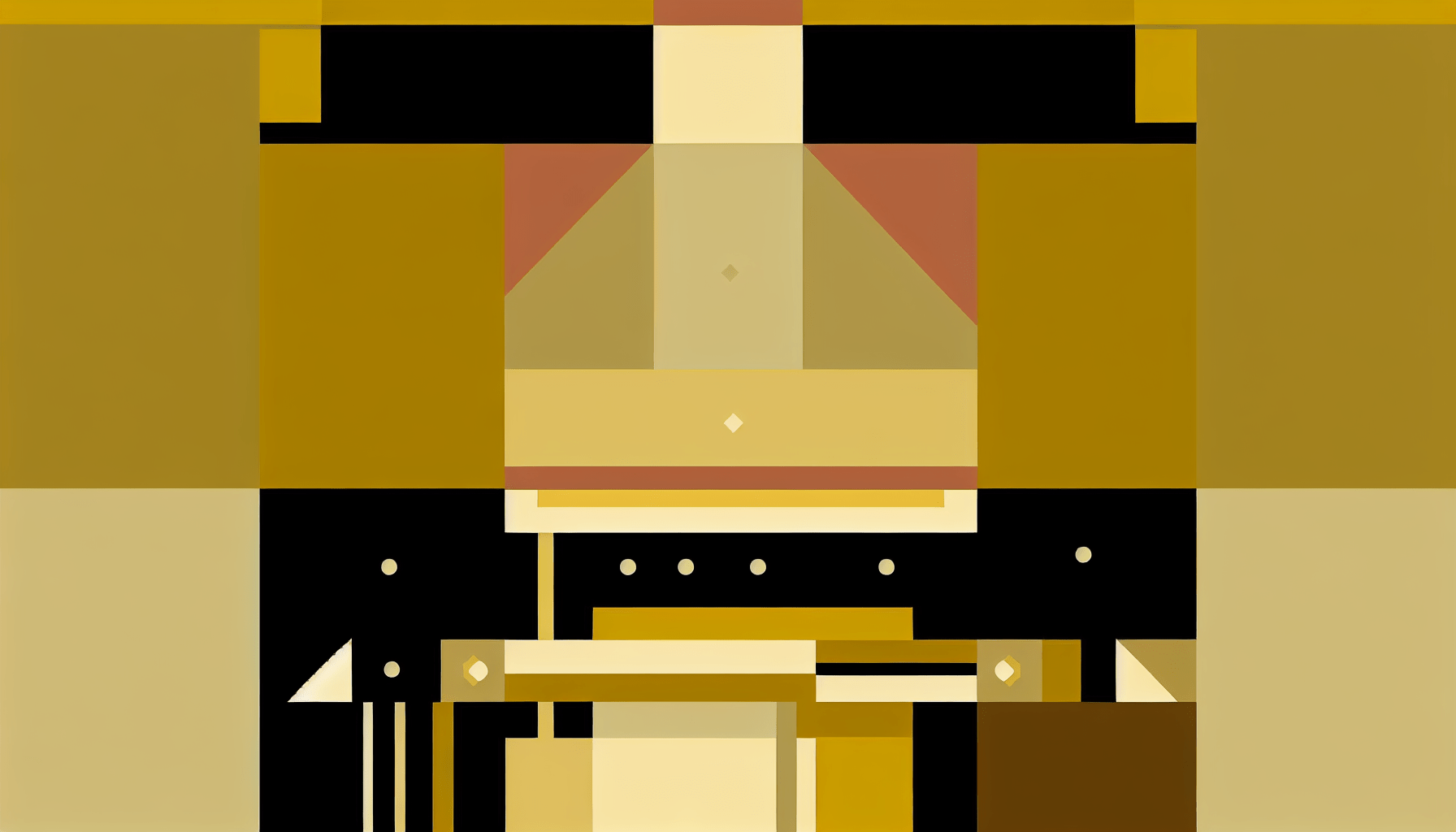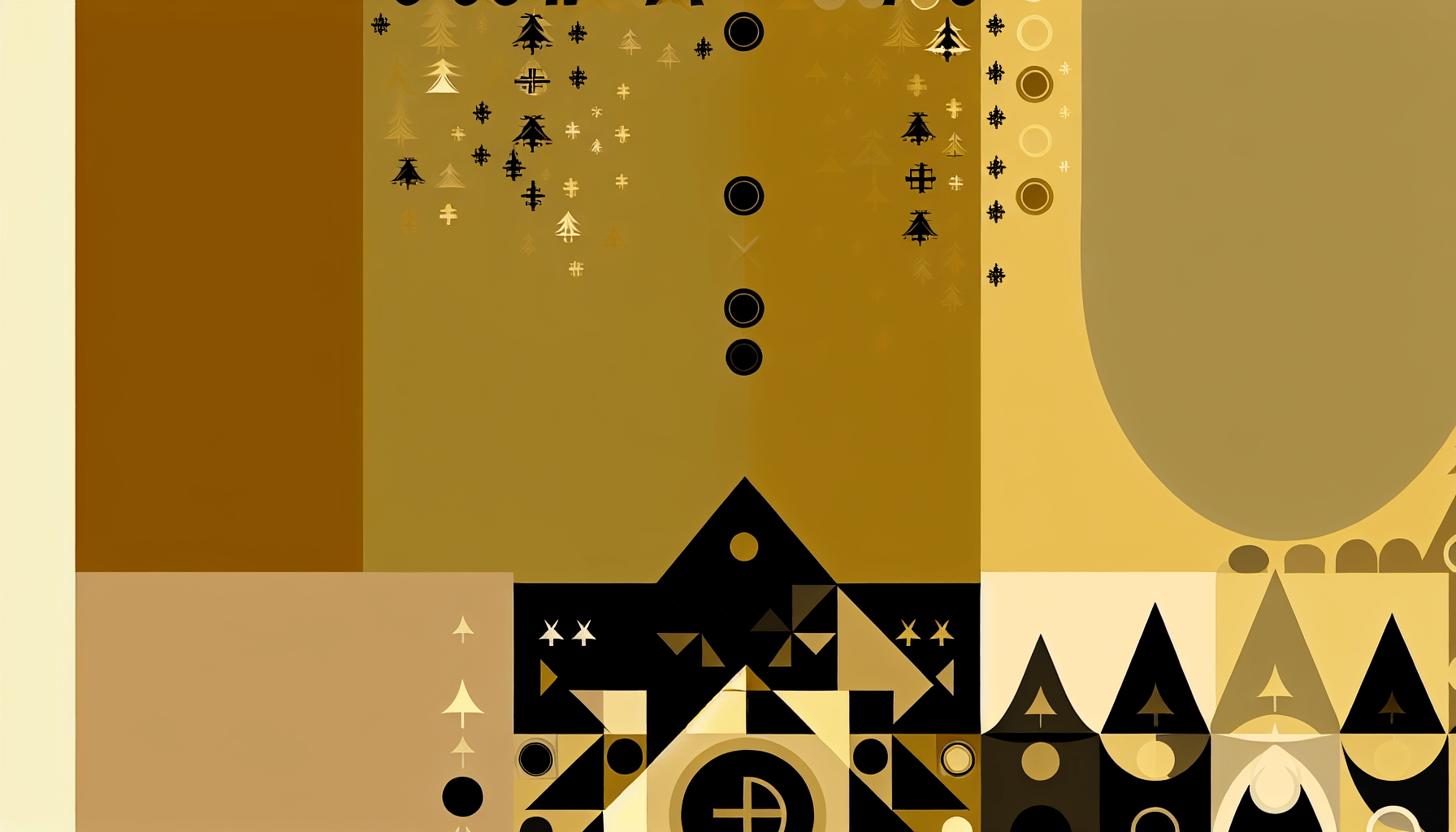Evolution of Catholic Liturgy
The evolution of Catholic liturgy has been shaped by centuries of tradition, theological developments, and cultural influences. Understanding how Catholic liturgy has transformed can provide insight into the practices and rituals that continue to shape the faith of millions of Catholics around the world today. In this blog post, we will explore the history, key changes, and significance of Catholic liturgy, while reflecting on how these elements come together to create a vibrant expression of faith.
The Roots of Catholic Liturgy
Catholic liturgy traces its roots back to the early Christian community, particularly during the time of the apostles. The term “liturgy” itself originates from the Greek word leitourgia, which means “public service” or “work of the people.” Early liturgical practices were simple and focused primarily on the Eucharist, drawing inspiration from Jewish worship and traditions.
Early Christian Gatherings
In the first centuries of Christianity, followers would gather in homes to break bread and share teachings. The “Breaking of the Bread,” as it was known, was a central element of these gatherings. As Christianity grew and formalized, these practices began to evolve into the structured liturgies we recognize today. Early documents, such as the Didache, provide insight into the liturgical practices of the early Church, highlighting the significance of prayer, scripture readings, and the Eucharistic celebration.
Influence of the Roman Empire
With the legalization of Christianity in the early fourth century, and particularly following the Edict of Milan in 313 AD, the Church began to gain stature and resources. This shift allowed for the development of more formal liturgical practices, including the establishment of fixed prayers, the lectionary (a schedule of scripture readings), and the liturgical calendar. The influence of the Roman Empire played a crucial role in formalizing the liturgy, as rituals adopted a more structured and ceremonial nature, incorporating elements from Roman civic ceremonies.
The Evolution of Liturgical Forms
Throughout the centuries, Catholic liturgy continued to evolve, influenced by various factors including geography, culture, and theological shifts. This evolution can be mapped out through significant periods in Church history.
The Middle Ages: Rituals and Devotion
During the Middle Ages, the Catholic liturgy became increasingly complex. The development of the Roman Missal, which contained the prayers and rituals of the Mass, played a crucial role in standardizing liturgical practices across the Western Church. The introduction of various feast days, saints’ celebrations, and the use of Latin as the liturgical language contributed to the richness and depth of worship.
Monasteries became centers of liturgical innovation, with monks creating new hymns, prayers, and forms of worship, including the Divine Office. The focus on the Eucharist remained central, but additional devotionals, such as processions and the Adoration of the Blessed Sacrament, began to emerge, deepening the spiritual experience for the faithful.
The Reformation and Counter-Reformation
The Protestant Reformation in the 16th century challenged the Catholic Church’s understanding of liturgy and sacramentality. Reformers advocated for a return to scripture and a simplified worship experience. In response, the Catholic Church initiated the Counter-Reformation, which sought to reaffirm Catholic teachings and the importance of the sacraments, particularly the Eucharist.
The Council of Trent (1545-1563) was pivotal in addressing issues of liturgical practices. This ecumenical council confirmed the Roman Missal and standardized liturgical texts and practices across the Catholic Church. As a result, the Latin Mass became the dominant form of worship, and priests were required to follow specific rites, ensuring uniformity in the liturgy.
The 20th Century: Vatican II and the Modernization of Liturgy
The Second Vatican Council (1962-1965) marked a significant turning point in the evolution of Catholic liturgy. One of the key documents, Sacrosanctum Concilium, emphasized the importance of active participation of the laity in the liturgical life of the Church. The Council called for the use of vernacular languages in the liturgy, making worship more accessible to the faithful.
The Changes Implemented
The liturgical reforms initiated by Vatican II led to the development of the Roman Missal in the vernacular, allowing for the participation of non-Latin speaking congregations. This shift resulted in a renewed emphasis on community, the inclusion of lay ministries, and a greater diversity in liturgical expression. The liturgical calendar was also revised, with an emphasis on celebrating other rites such as the liturgy of the hours.
With these reforms, the role of music in the liturgy was re-examined, leading to a re-introduction of hymns and songs from various cultural traditions. This is particularly evident in the incorporation of diverse musical styles, reflecting the universal nature of the Church.
Key Aspects of Contemporary Catholic Liturgy
As we explore the evolution of Catholic liturgy, it is important to recognize several contemporary elements that remain central to the faith experience today.
The Eucharist: The Heart of Catholic Worship
The Eucharist continues to be the focal point of Catholic liturgy, embodying the belief in the real presence of Christ in the sacrament. The celebration of the Mass, which includes the Liturgy of the Word and the Liturgy of the Eucharist, remains central to Catholic worship. The Mass is celebrated in a variety of forms, from traditional Latin Masses to contemporary, vibrant liturgies that engage the community.
Liturgical Seasons and the Church Calendar
The Catholic Church’s liturgical year provides a rhythm to the practice of faith, with distinct seasons such as Advent, Christmas, Lent, Easter, and Ordinary Time. Each season is marked by specific themes, colors, and rituals that guide the worship experience and help Catholics grow in their faith throughout the year.
The Role of the Community
The evolution of Catholic liturgy has highlighted the importance of community participation. Today, lay members actively engage in the liturgical life of the Church, serving as readers, ministers of the Eucharist, and in music and prayer groups. This shift towards shared responsibility in worship fosters a sense of belonging and encourages collective spiritual growth.
Inclusivity and Diversity in Worship
With the globalization of the Catholic Church, liturgical practices have adapted to include diverse customs and cultural expressions. This inclusivity reflects the universality of the Church and allows for a richer worship experience that resonates with different communities. Regional adaptations of rituals, the incorporation of traditional hymns, and varying liturgical practices express the beauty of faith in a multicultural context.
Conclusion
The evolution of Catholic liturgy is a testament to the resilience and adaptability of the Church in responding to the needs and realities of its faithful. From its humble beginnings in the early Christian gatherings to the vibrant and inclusive worship experiences today, the liturgy remains a dynamic expression of faith.
By understanding the historical developments and theological significance of Catholic liturgy, we gain deeper insight into the central role it plays in the lives of Catholics around the world. Whether through the solemnity of the Eucharist, the rhythms of the liturgical calendar, or the community’s active participation, the evolution of Catholic liturgy continues to inspire and nurture the faith of generations. As the Church moves forward in an ever-changing world, it does so with a rich tapestry of traditions and practices that honor its past while engaging with the present.




